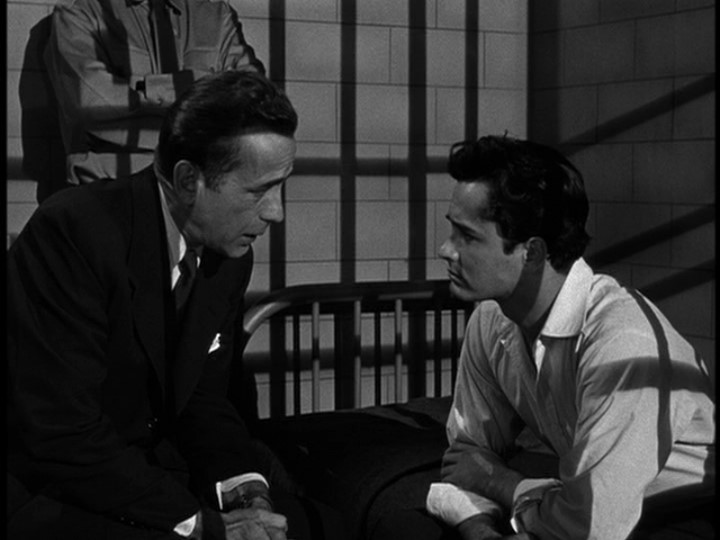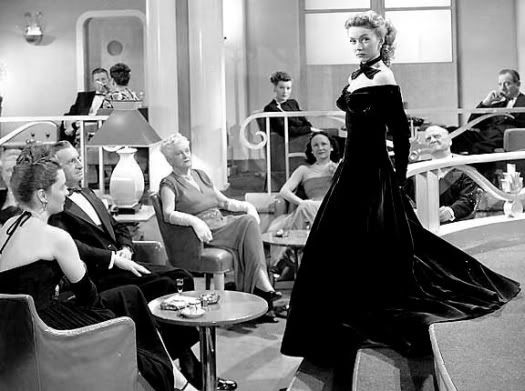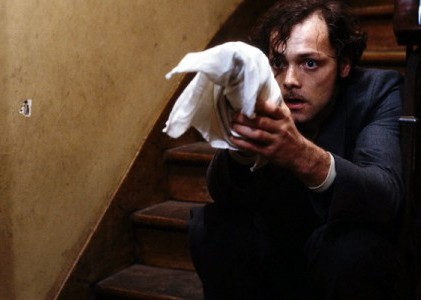
"Like so many of Nicholas Ray’s protagonists, Henty (Joseph Cotten) is on the run, in search of an ideal space where he can be free of society’s restrictions and expectations. And, like those in Ray’s other films, Henty eventually discovers that no such space exists, and that one must create such an environment themselves. Humphrey Bogart [in In a Lonely Place] and James Dean [in Rebel Without a Cause] each pushed social boundaries past the breaking point; Henty, on the other hand, never pushed anything, but instead kept wandering until, finally, there was no place left to go. So he stopped—and the final note of capitulation is one of the most desolate endings in all of Ray’s work..."
Read my full review of Nicholas Ray's High Green Wall online here at Not Coming to a Theater Near You.
http://notcoming.com/reviews/highgreenwall/





